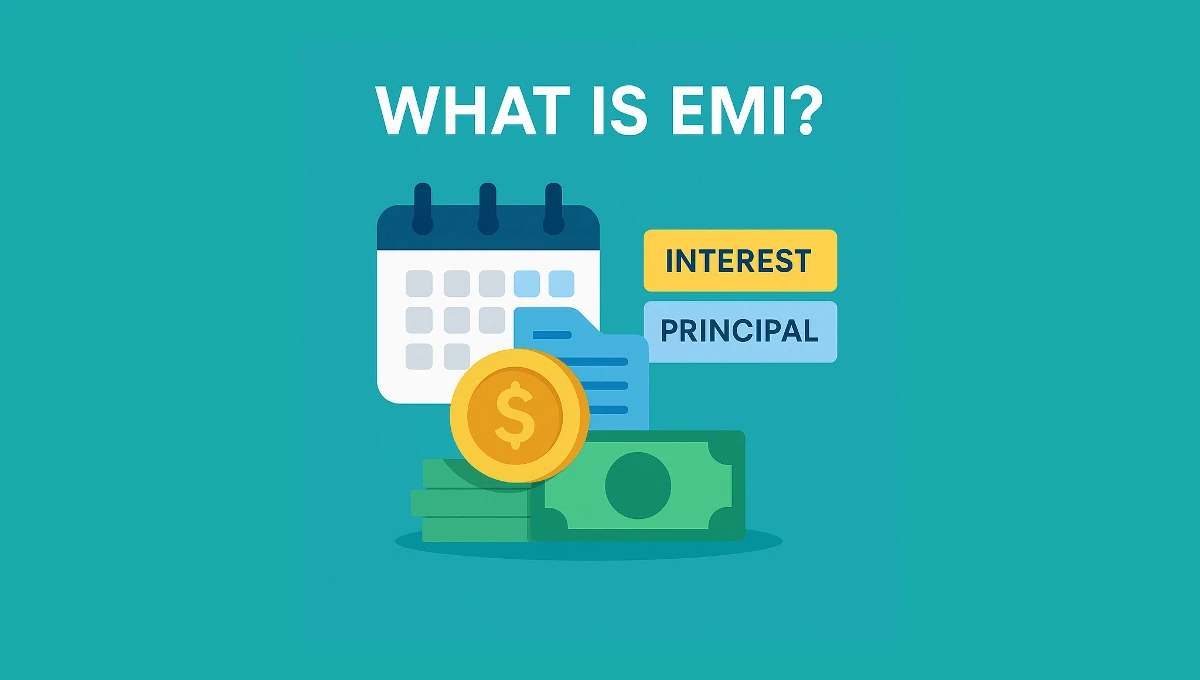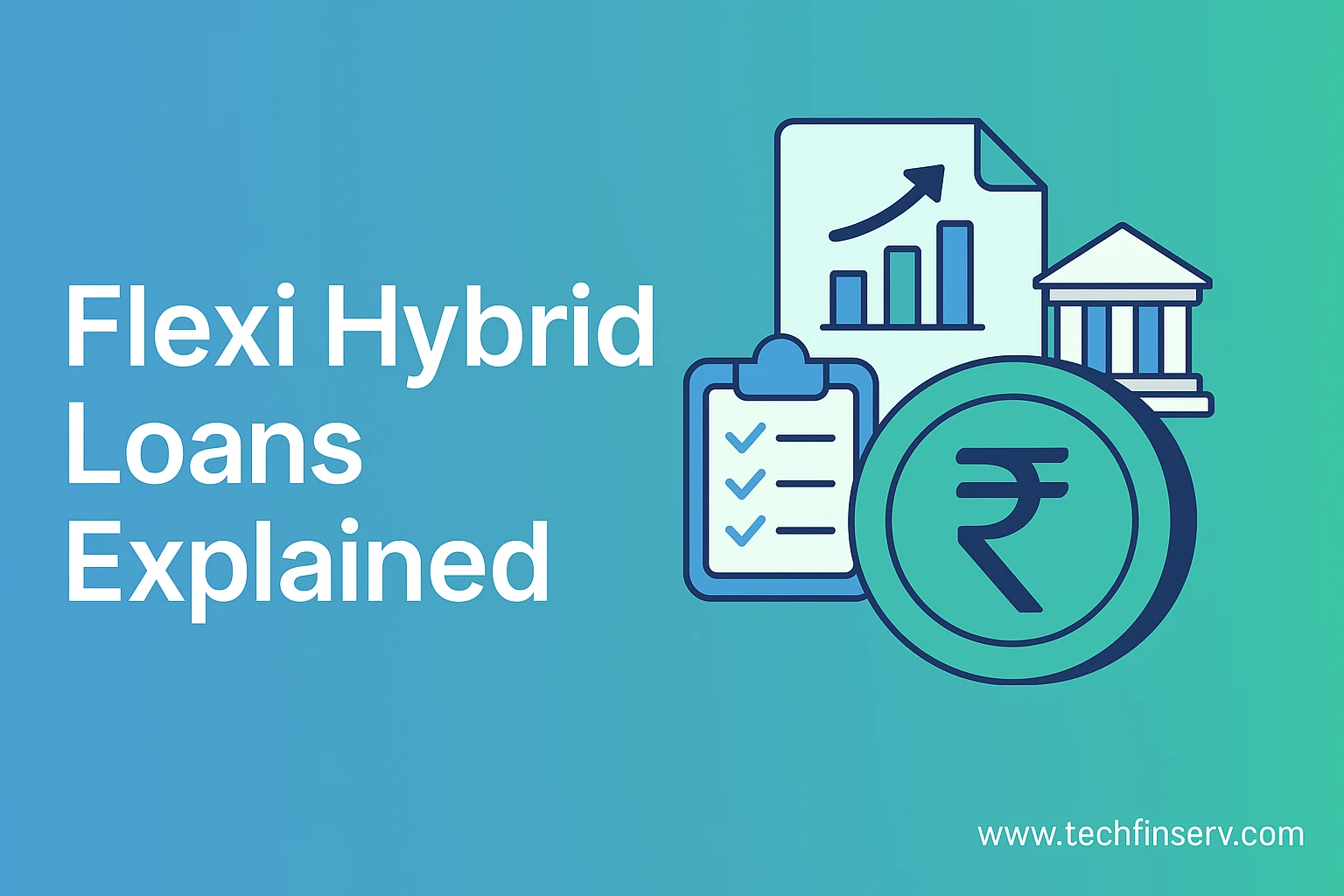What is a Public Provident Fund (PPF)?
The Public Provident Fund (PPF) is one of India’s most trusted long-term savings and investment schemes, backed by the Government of India. Introduced in 1968 under the PPF Act, it offers investors a safe avenue to grow their money while enjoying tax benefits under Section 80C of the Income Tax Act.
PPF is ideal for individuals seeking steady, risk-free, and tax-exempt returns. The account can be opened with any nationalized bank, major private banks, or post office.
📈 PPF Interest Rate 2025
| Quarter | Interest Rate |
|---|---|
| Q1 2025 (Apr–Jun) | 7.1% |
| Q2 2025 (Jul–Sep) | 7.1% |
| Q3 2025 (Oct–Dec) | 7.1% |
While the rate may seem moderate compared to market-linked options, the guaranteed nature of returns and tax-free maturity make it one of the best debt instruments for long-term wealth creation.
PPF Features & Eligibility
- 🔹 Only **Indian residents** can open a PPF account.
- 🔹 Minimum investment: ₹500 per year.
- 🔹 Maximum investment: ₹1.5 lakh per year.
- 🔹 Lock-in period: **15 years** (extendable in 5-year blocks).
- 🔹 Interest compounded annually, credited on March 31 each year.
- 🔹 Available at all post offices and authorized banks.
PPF Tax Benefits (Under Section 80C)
PPF qualifies for the EEE (Exempt-Exempt-Exempt) tax status:
- ✅ Investment up to ₹1.5 lakh per year eligible for tax deduction under Section 80C.
- ✅ Interest earned is fully exempt from tax.
- ✅ Maturity proceeds are 100% tax-free.
This triple benefit makes PPF one of the most tax-efficient instruments available to salaried and self-employed individuals.
Withdrawal Rules & Loan Facility
The PPF scheme is designed for long-term savings, but it does allow partial withdrawals and loans under certain conditions:
- ➡️ **Loan facility:** From the 3rd to 6th financial year of account opening.
- ➡️ **Partial withdrawal:** Allowed from the 7th financial year onwards.
- ➡️ **Premature closure:** Only for reasons such as medical emergencies or higher education, after 5 years.
How to Open a PPF Account (Step-by-Step)
- Visit your nearest post office or authorized bank branch (SBI, HDFC, ICICI, Axis, etc.).
- Fill out **Form A** for PPF account opening.
- Submit PAN, Aadhaar, and passport-size photographs.
- Deposit the initial amount (minimum ₹500).
- Receive your **PPF passbook** — which records all transactions and interest earned.
Many banks now also offer an **online PPF account** opening option via internet banking.
📊 PPF vs Other Investment Options
| Feature | PPF | Fixed Deposit (FD) | ELSS |
|---|---|---|---|
| Return Type | Fixed (7.1%) | Fixed (6–7%) | Market-linked (10–15%) |
| Tax Benefits | EEE (Fully Tax-Free) | Interest Taxable | 80C Deduction (₹1.5 Lakh Limit) |
| Lock-in Period | 15 Years | 1–5 Years | 3 Years |
| Risk Level | Low (Government-Backed) | Low | Moderate–High |
Should You Invest in PPF in 2025?
Absolutely — if your financial goals include safety, long-term stability, and tax savings. However, investors should balance PPF with equity-based instruments like ELSS or NPS to achieve better overall returns.
A smart strategy is to use PPF as your **risk-free debt component**, while allocating other funds toward growth-oriented assets.
Final Thoughts
The Public Provident Fund remains one of the most **trusted and beneficial** investment schemes in India. With guaranteed returns, government backing, and complete tax exemptions, it continues to be a top choice in every portfolio.
Stay updated on the latest financial schemes, policy changes, and RBI updates at TechFinserv Blogs.
Frequently Asked Questions (PPF)
 What is EMI ?
What is EMI ?
What is EMI in Loans Dicover it's Full Form, Meaning and smart tips to reduce Your Personal Loan And Home Loan EMIs Easily.
Read More → Flexi Hybrid Loan - Explained
Flexi Hybrid Loan - Explained
How Flexi ODs mix flexibility with lower cost.
Read More → 🕒 RBI Cheque Clearing Rule 2026 – Faster, Same-Day Settlement
🕒 RBI Cheque Clearing Rule 2026 – Faster, Same-Day Settlement
Faster cheque clearing for instant fund access and smooth banking.
Read More →